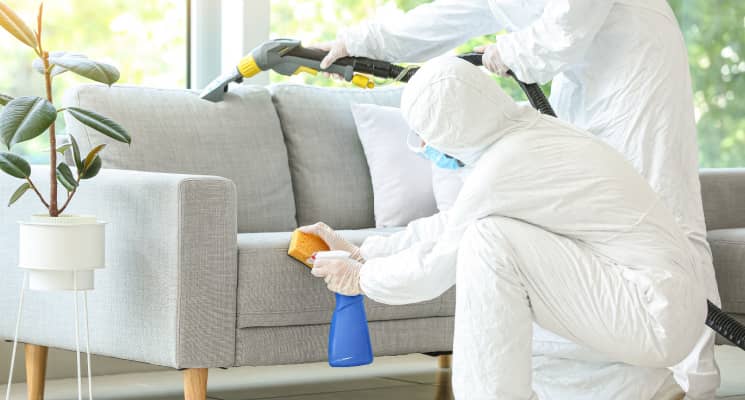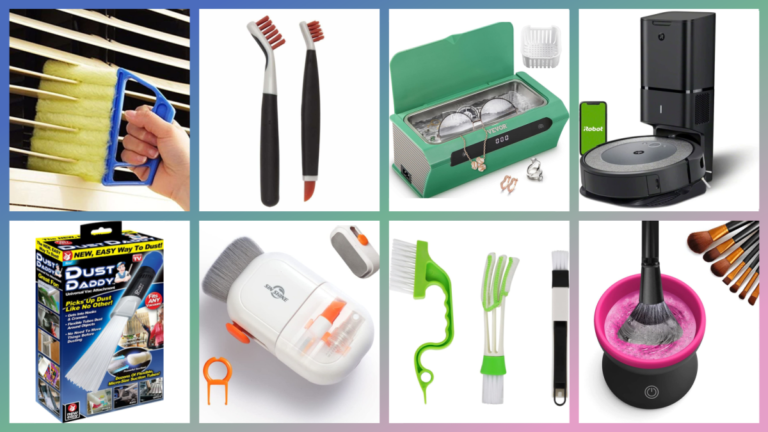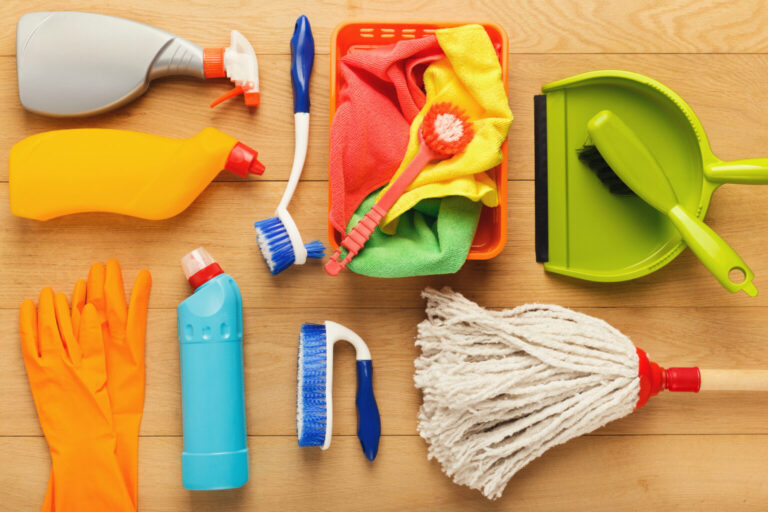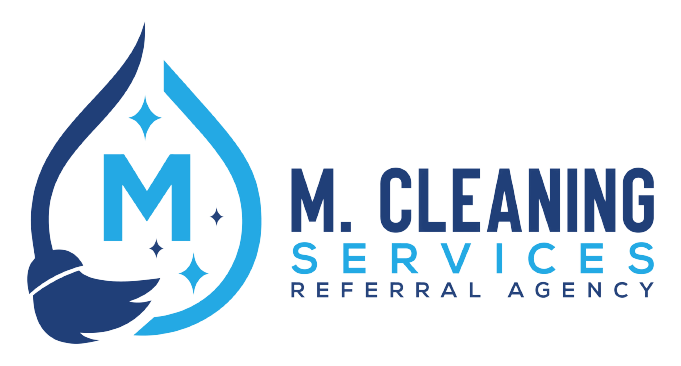
When we think of our homes, we envision a safe haven, a clean and comfortable space where we can relax and unwind. However, beneath the surface of this tranquility lurk numerous microscopic invaders: germs. These invisible organisms are omnipresent, thriving on surfaces and in environments we often overlook. Understanding the common germs found in our homes and how to mitigate their presence can significantly enhance our health and well-being.
1. E. coli: The Kitchen Culprit
Where it’s found: E. coli is commonly found in kitchens, particularly on countertops, cutting boards, and in the sink. This bacterium can originate from raw meat, unwashed vegetables, and contaminated water.
Health risks: Some strains of E. coli are harmless, but others can cause severe food poisoning, leading to symptoms such as stomach cramps, diarrhea, and vomiting.
Prevention tips:
- Always wash hands before and after handling food.
- Use separate cutting boards for raw meat and vegetables.
- Clean countertops and kitchen tools with disinfectant after use.
2. Staphylococcus aureus: The Bathroom Bacteria
Where it’s found: This bacterium is commonly found on skin, so it frequently inhabits bathroom surfaces, especially doorknobs, light switches, and faucets.
Health risks: Staphylococcus aureus can cause a range of infections from minor skin conditions like pimples and boils to more serious infections such as pneumonia and bloodstream infections.
Prevention tips:
- Regularly clean and disinfect bathroom surfaces.
- Wash hands thoroughly after using the bathroom.
- Avoid sharing personal items like towels and razors.
3. Salmonella: The Sneaky Contaminant
Where it’s found: Salmonella is often associated with raw poultry, eggs, and other raw foods. It can also be found on surfaces that come into contact with these foods.
Health risks: Salmonella infection, or salmonellosis, can cause symptoms like diarrhea, fever, and abdominal cramps.
Prevention tips:
- Cook food to the proper temperature to kill bacteria.
- Refrigerate food promptly.
- Avoid cross-contamination by using separate utensils for raw and cooked foods.
4. Clostridium difficile (C. diff): The Resistant Resident
Where it’s found: C. diff can be found in bathrooms, on floors, and on frequently touched surfaces. It is particularly prevalent in households where someone has been taking antibiotics.
Health risks: C. diff can cause severe diarrhea and more serious intestinal conditions such as colitis.
Prevention tips:
- Clean and disinfect high-touch surfaces regularly.
- Wash hands with soap and water frequently, especially after using the bathroom.
- Use a bleach-based cleaner for disinfection, as C. diff spores are resistant to many other disinfectants.
5. Mold and Mildew: The Moisture Lovers
Where it’s found: Mold and mildew thrive in damp areas, such as bathrooms, basements, and around windows.
Health risks: Mold exposure can cause allergic reactions, respiratory issues, and aggravate asthma.
Prevention tips:
- Keep humidity levels in check, ideally below 60%.
- Use exhaust fans in bathrooms and kitchens.
- Clean and dry any areas affected by water damage promptly.
6. Norovirus: The Persistent Pathogen
Where it’s found: Norovirus can spread through contaminated food, water, and surfaces, and is often found on kitchen and bathroom surfaces.
Health risks: Norovirus causes gastroenteritis, which leads to symptoms like vomiting, diarrhea, and stomach pain.
Prevention tips:
- Wash hands frequently with soap and water.
- Clean and disinfect surfaces, especially after someone has been ill.
- Wash fruits and vegetables thoroughly before eating.
Keeping Germs at Bay: Practical Tips
- Regular Cleaning: Establish a routine for cleaning and disinfecting high-touch surfaces, such as doorknobs, light switches, and countertops.
- Hand Hygiene: Wash hands thoroughly with soap and water, especially before eating, after using the bathroom, and after handling raw foods.
- Proper Food Handling: Ensure food is cooked to safe temperatures and practice good food hygiene to prevent cross-contamination.
- Maintain Ventilation: Use exhaust fans and dehumidifiers to reduce moisture levels in the home, discouraging the growth of mold and mildew.
- Use Disinfectants: Choose effective disinfectants that can kill a broad spectrum of germs. Pay special attention to areas like the kitchen and bathroom.
While it’s impossible to completely eliminate germs from our homes, understanding where they thrive and implementing these preventive measures can greatly reduce their impact on our health. By maintaining cleanliness and practicing good hygiene, we can keep our homes safer and healthier for ourselves and our loved ones.










